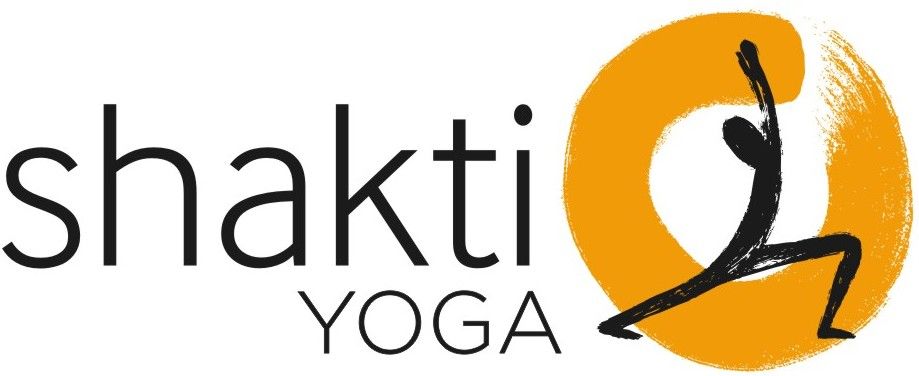Too Old, Heavy, Stiff for Yoga? No Way!
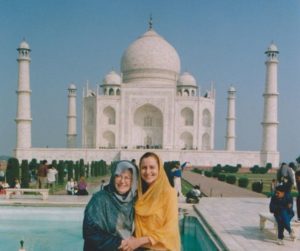 Is the Western perception of yoga a barrier for some?
Is the Western perception of yoga a barrier for some?
The picture to the right is my beautiful mom, Marilyn, whom I called from Tokyo 20 years ago, and asked to meet me in six months at a yoga ashram that was a half-day train ride outside Mumbai. Oh….and to sign up for a yoga class in the meantime so that she would know what yoga was before enrolling in a yoga teacher training course. If you know my mom it might not surprise you that she signed up for an introduction to yoga class at the local YMCA, and was waiting for me at the airport in New Delhi that fall wearing flip flops, and carrying the tiniest backpack you have ever seen.
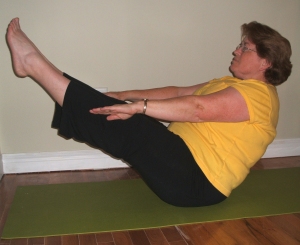
In her late 50’s, with an average body size and sky-high blood pressure, my mother sweated her way through 40 degree days to complete her first 200 hour Yoga Teacher training. This included a full month of 5:00 am meditation wake up calls, followed by a 2 hour asana class (physical practice), 4 hours of lecture, a second 2 hour PM asana class, and evening mantra study. While she was one of only a few “older” students, the teachers came in many ages, shapes and sizes. Many were seniors. Despite a lifetime of practicing asana they were all much more interested in talking to you about meditation and lifestyle. This ashram also ran yoga therapy clinics throughout that area and their students ranged from healthy young people to adults of every age, many with a variety of physical conditions. You could sense this in how they taught. The most beginner and the advanced student were all totally at home in the same asana class.
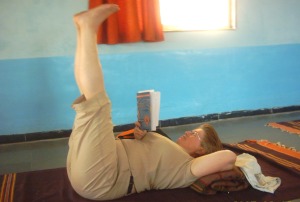
In the wake of a series of recent articles talking about how the West is “ruining” yoga I thought of my mom and wondered whether she would have embraced this enormous challenge had her first yoga class been a vinyasa (flow) class taught by a young, lean teacher, surrounded by students in midriff baring yoga clothing. Don’t misunderstand this to mean that I think there is anything wrong with flow yoga, stylish yoga clothing, or young/ thin teachers. I enjoy and teach flow style classes (as well as other styles), own lululemon clothing, and believe an effective teacher can be of any age or body type, including young and thin.
As a runner in my early 20’s I began studying hot yoga because it was the only thing that felt like a better work out than running. I spent many hours sweating in shorts and short tops and I would not have been interested in going to a gentle yoga class with an emphasis on breathing and meditation. I actually believe that the focus on asana (yoga poses) in the west may actually be necessary to introduce the practice to a society that has been taught to look outside oneself for answers, and values a state of being constantly busy. Indeed, I might not have become a yoga teacher/student writing a blog post on this topic if it were not for a style of yoga that many consider to be extreme. All yoga is good and we need to meet people wherever they are.
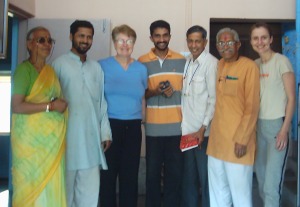
Possibly more important than the discussion of whether the teacher ought to be Western or Indian, or classes traditional or physical is; are we reserving space in the yoga images we project to include populations not represented by the “perfect” models in the often challenging poses shown in magazines?. I am sometimes concerned that for every brave soul who has written me prefacing their inquiry about yoga classes with their age and weight, as if it might be a deal breaker, there are a dozen people who did not find the courage to write at all because they felt they were too much, or not enough to do yoga. I am not sure the yoga image (or the practice itself) in the West is always welcoming and accessible to these people.
Those of us who are yoga teachers must look at how we promote our classes, design our websites, etc., and ask ourselves if we are being inclusive. And to go further than that, we should ask ourselves if we are offering any classes that are genuinely accessible to everyone (not that everything we teach has to be for beginners or chair yogis, of course). When someone tells me that they tried yoga and it was too hard for them I let them know that this is simply not true. They just did not go to the right class for them. However I worry that they will never pull together the courage to try another class.
To those looking to begin a yoga class please know that yoga is for everyone.
It doesn’t matter how old you are. The type of poses, speed of practice, balance of breath work and meditation will change as you age to be what you need at that time in your life. The same pose is doing something completely different for every single person in any class.
It doesn’t matter what size or shape your body is. All poses can be done in some version by everyone.
It doesn’t matter how flexible you are. The right class for you will help you maintain the range of motion that you have, and possibly increase it if it is appropriate for you. In the end maybe your yoga class does not need to change your flexibility or body shape. Maybe where you are is good for you and your yoga class will help you feel great about that.
It doesn’t matter what religion or spirituality you practice (or don’t practice). Yoga will help you develop skills of introspection that will help you deepen your understanding of your own truth in whatever form it resonates within you.
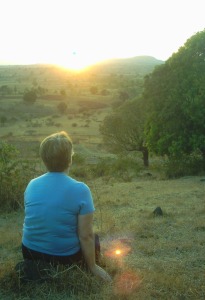
It DOES matter that you find the right class for you. The goal of yoga is to enhance your physical, mental and emotional well-being. That is achieved differently by every person, and it changes as we evolve. If something is not working for you, don’t give up until you have tried at least 2 or 3 different teachers and/or classes. The class for you exists somewhere. Maybe you will even find it on a DVD and do it in your living room!
And, back to my mom. She returned home from her time in India and blew her doctor away with a perfect blood pressure report, despite the fact that she had not taken any of her medication in India (I am SO not recommending that anyone do yoga in lieu of medical treatment! My mother simply does what she wants and listens to no one, doctor or myself included. An occasional source of frustration for me and possibly the karmic return for my teenage years). She continues to practice yoga and teaches chair yoga. She has students are in their 80’s and 90’s! As we begin our journey into the new year I say to anyone thinking of starting a yoga practice that if my mom could do it so can you!
